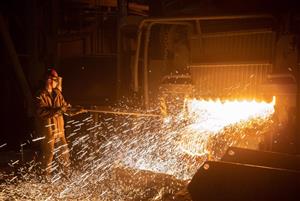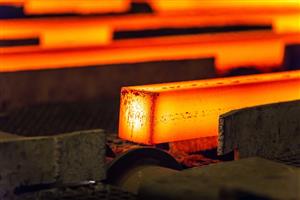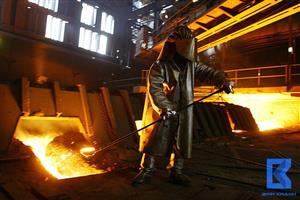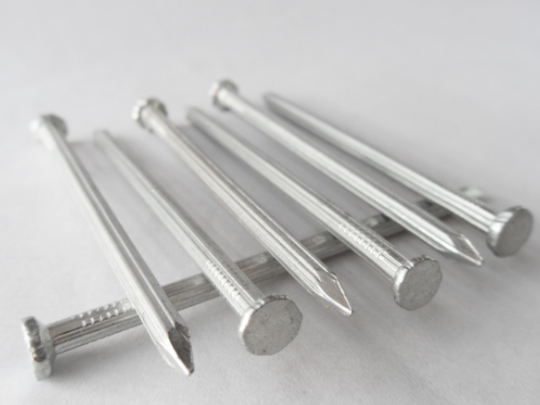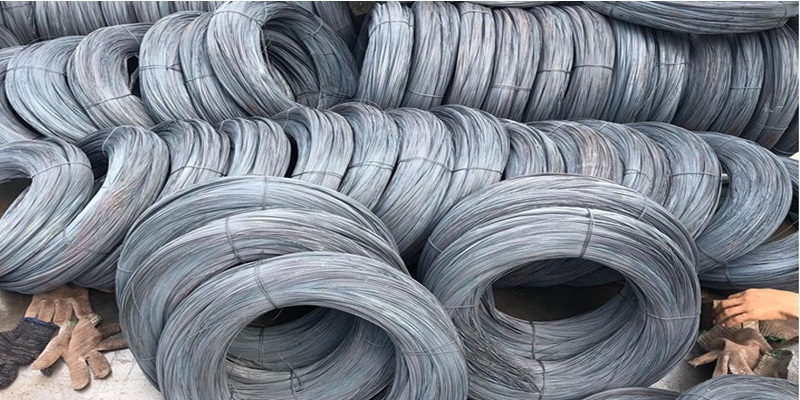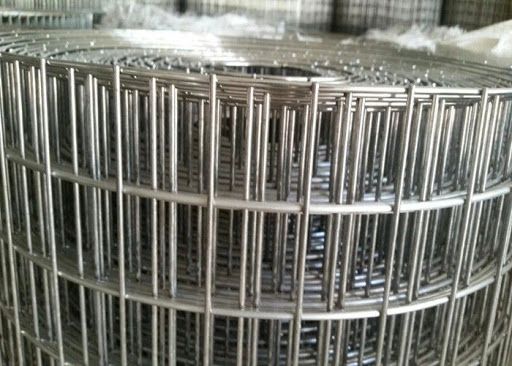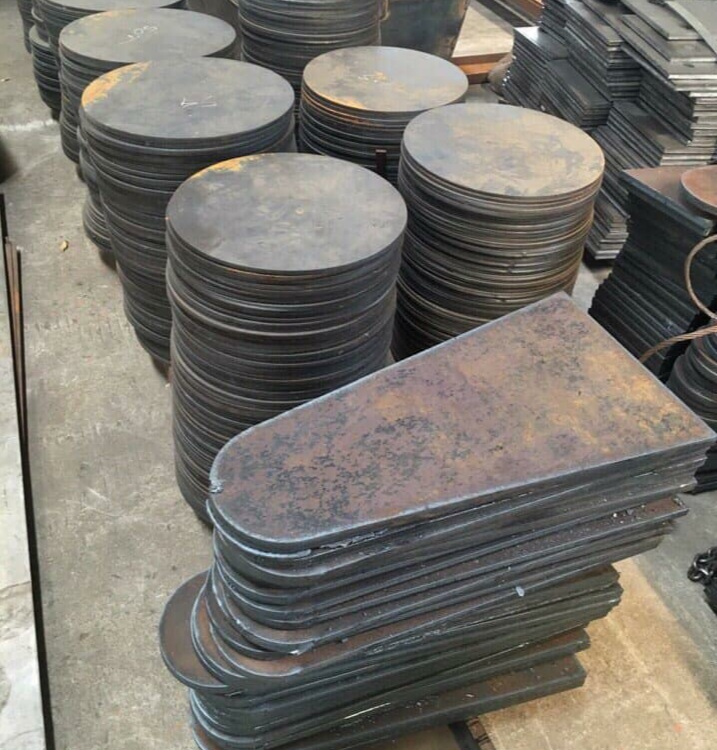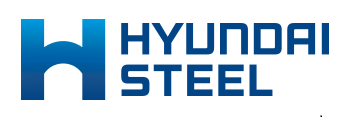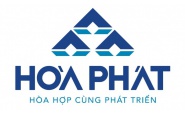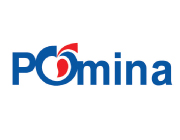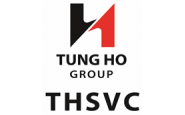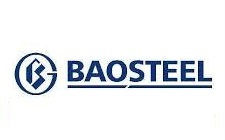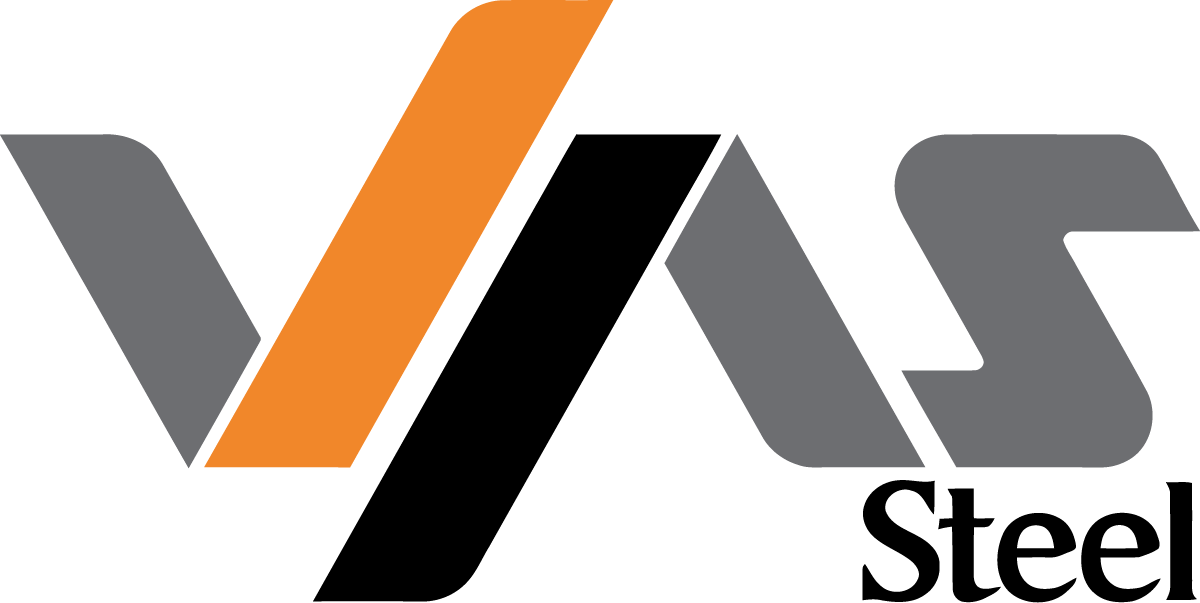Checking finished construction steel products before bringing them to market at Hoa Phat Iron and Steel Production Complex (Dung Quat Economic Zone, Quang Ngai). Photo: Tuan Anh/TTXVN
This is a positive sign, however, the rapid increase in imported goods from abroad is causing supply to far exceed demand. Many opinions say that if there are no reasonable measures to protect and support the domestic steel production industry in a timely manner, the domestic market will belong to foreign manufacturers.
Risk of losing market
According to a report by the Vietnam Steel Association (VSA), the total production capacity of domestic steel enterprises currently reaches about 23 million tons of crude steel (square and flat billets). The production capacity of finished steel products including construction steel, hot rolled and cold rolled steel coils, galvanized steel sheets, and steel pipes reaches about 38.6 million tons/year. With the current recovery momentum, it is forecast that finished steel production this year could reach 30 million tons, an increase of 7% compared to 2023. However, this recovery is uncertain and steel businesses still face many difficulties. towel.
Mr. Nghiem Xuan Da, Chairman of VSA, said that currently steel production is in a state of oversupply, along with increased imports, making price competition for domestic steel products more fierce. . For example, according to the latest data from the customs agency, in April 2024, the amount of hot rolled steel (HRC) imported into Vietnam continued to increase, reaching 890,000 tons, 1.5 times the amount of domestic production. . Of which, hot rolled steel imported from China accounts for 71%.
Accumulated in the first 4 months of 2024, the total amount of hot rolled steel imported to Vietnam is 3.93 million tons, an increase of 32% over the same period in 2023 and equal to 159% of the production volume of the entire domestic HRC industry. Of which, the amount imported from China accounts for 73% with 2.9 million tons, more than double the same period in 2023. This is the first time that Vietnam has imported HRC in a year larger than its domestic production. .
With such an import volume, the Vietnam Steel Association said that the production of two domestic hot-rolled steel enterprises, Formosa and Hoa Phat, has decreased, reaching only 73% of design capacity compared to 86%. of 2021 due to unfair competition with imported goods sold below cost. Regarding price, import prices have now plummeted from 613 USD at the beginning of 2023 to 541 USD at the end of 2023.
A sharp increase in imports and low selling prices have caused the domestic sales market share of the two domestic HRC manufacturers to decrease sharply from 45% in 2021 to 30% in 2023. This year's import momentum is expected to continue to increase strongly. will affect efforts to autonomously produce high-quality steel.
According to Mr. Phan Dang Tuat, Chairman of the Vietnam Supporting Industry Association, in the past, Vietnam could not make hot rolled steel because the investment capital was too large and the technology requirements were very high, but since Formosa Ha Tinh and Hoa Phat invests in the production of this product.
"When we couldn't make hot rolled steel, it was obvious that we had to import it, but now we can produce it and the products are highly competitive. However, this product line is still flooding in in large quantities, especially recently when there are signs of being sold below cost, we need to consider it, because it will have a big impact on domestic production and loss of market," Mr. Phan Dang Tuat said.
Need defense mechanism

Transporting finished steel products to gathering areas at Hoa Phat Iron and Steel Production Complex (Dung Quat Economic Zone, Quang Ngai). Photo: Tuan Anh/TTXVN
Although Vietnam's steel production currently ranks 13th in the world and tops the ASEAN region. However, the steel industry still has long-term bottlenecks. Accordingly, Vietnam continues to import rolled steel, accounting for over 50% of total import turnover;of which, mainly hot rolled steel. In addition, Vietnam still imports shaped steel, some metal-plated and color-coated products, accounting for about 20-25% of domestic consumption demand.
Faced with this reality, the Vietnam Steel Association has proposed to relevant agencies to continue building and perfecting the system of regulations, standards for technical management, quality management, and technical barriers. From there, prevent steel products that do not meet technical safety and environmental standards from entering the Vietnamese market.
The Ministry of Industry and Trade promptly applies trade remedies to prevent unfair competition and protect domestic production.
The Ministry of Industry and Trade also accelerated the progress of building and submitting the Vietnam Steel Industry Development Strategy to 2030, vision to 2050, associated with specific policies for green and sustainable growth of the steel industry. While there is no steel industry development strategy, there are measures to manage investment in large-scale steel projects to control the balance of supply and demand, avoid wasting resources and land capital, and protect the environment. reduce greenhouse gas emissions, transform green production and consumption.
Recently, a representative of the Ministry of Finance also agreed with the opinion of the Vietnam Steel Association on the need to apply appropriate trade defense measures to protect domestic manufacturing enterprises. Accordingly, for import and export taxes adjusted gradually, the input level is low, while for more refined products, higher taxes will be imposed, contributing to creating legal barriers to protect domestic manufacturing enterprises.
Dr. Nguyen Thi Thu Trang, Director of the WTO and Integration Center (VCCI), said that it is necessary to set up technical barriers according to international standards to prevent poor quality imports. On the other hand, develop processes and procedures for checking the quality of steel imported into Vietnam. Accordingly, imported steel needs to have a certificate of compliance with Vietnam's quality standards.
Currently, the Ministry of Industry and Trade is developing and is expected to soon submit to the Prime Minister for promulgation the Vietnam Steel Industry Development Strategy to 2030, with a vision to 2050. The Ministry is also completing the draft to report to the Government. Submit to the National Assembly for promulgation of the Law on Key Industrial Development. Accordingly, the long-term goal is to develop the steel industry into a national foundation industry, meeting domestic demand and rapidly increasing exports.
Regarding the issue of massively imported steel into the market, the Ministry of Industry and Trade issued Decision No. 1535/QD-BCT on investigating and applying anti-dumping measures on a number of originating galvanized steel products. from China and Korea. Also on June 14, 2024, the Ministry of Industry and Trade also announced that it had received a complete and valid dossier requesting an investigation to apply anti-dumping measures on hot rolled steel products (HRC). from India and China.
TTXVN
 English
English  Vietnamese
Vietnamese
.jpg)
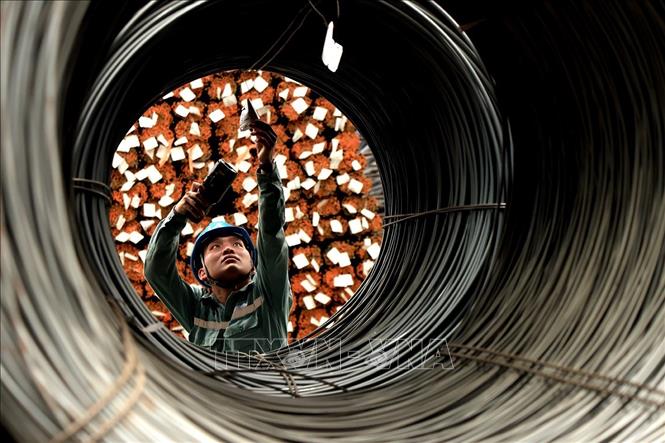


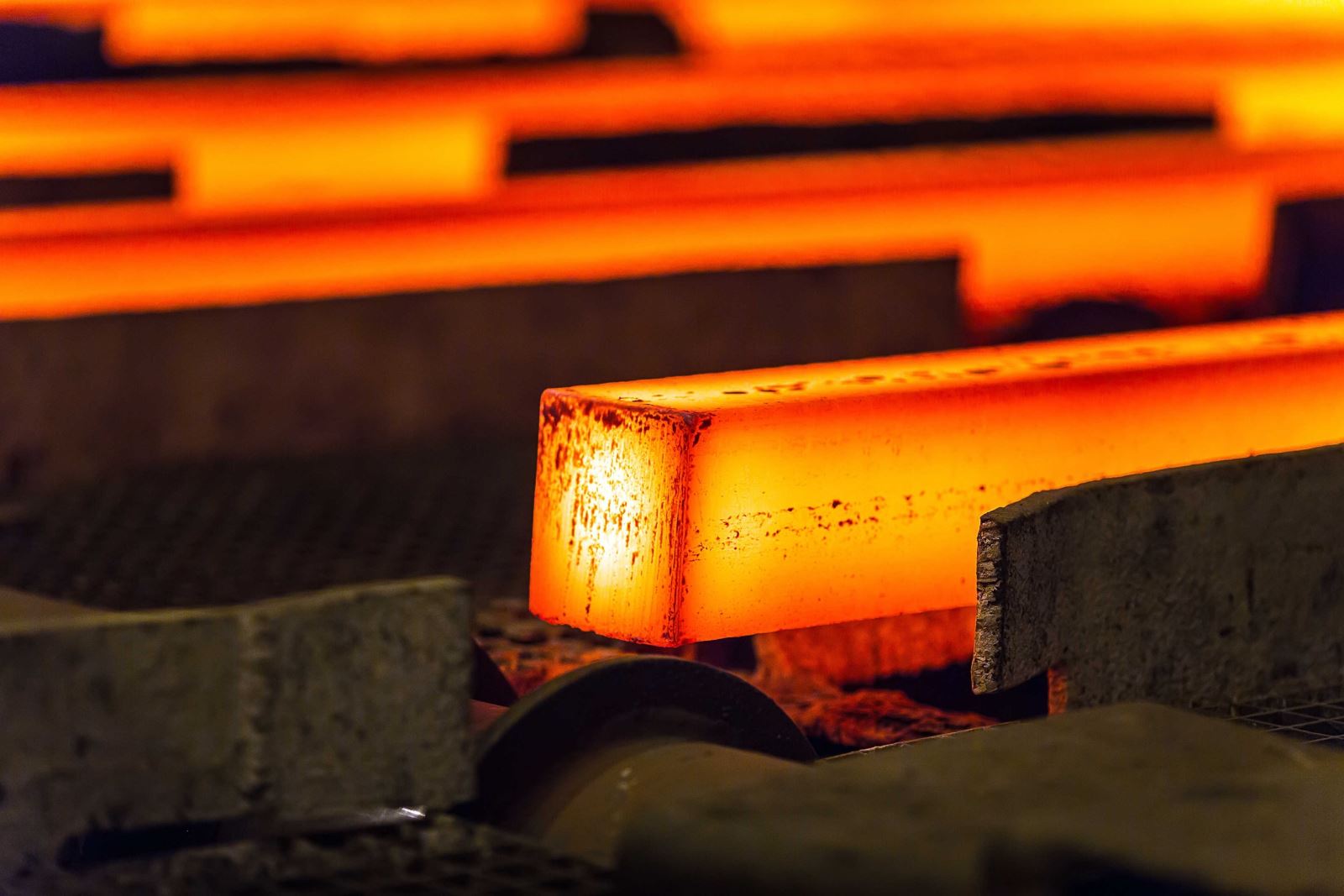
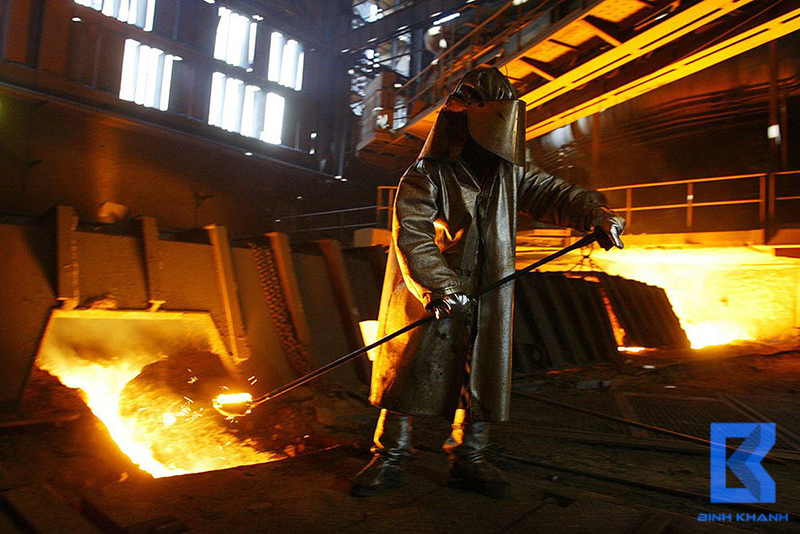
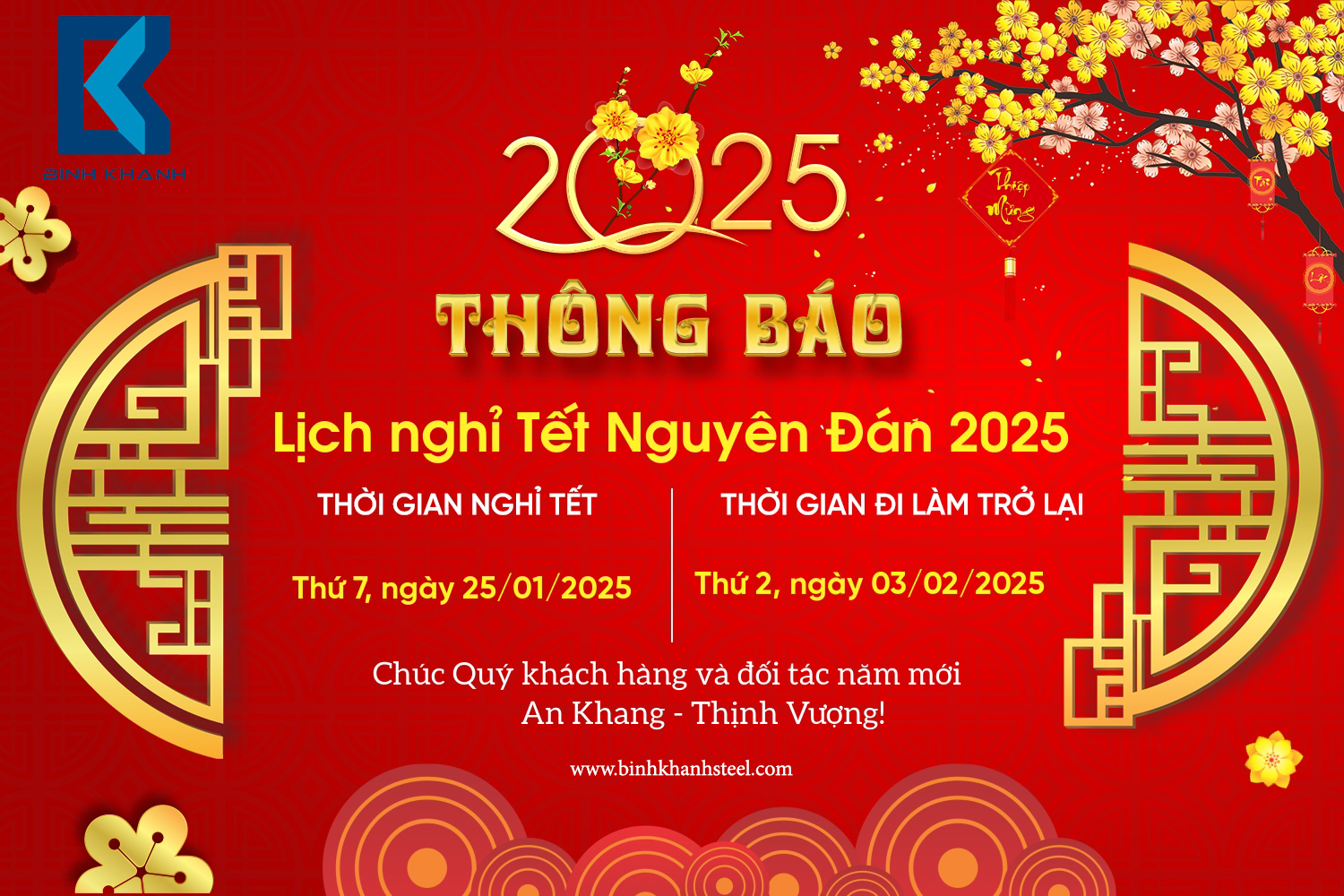
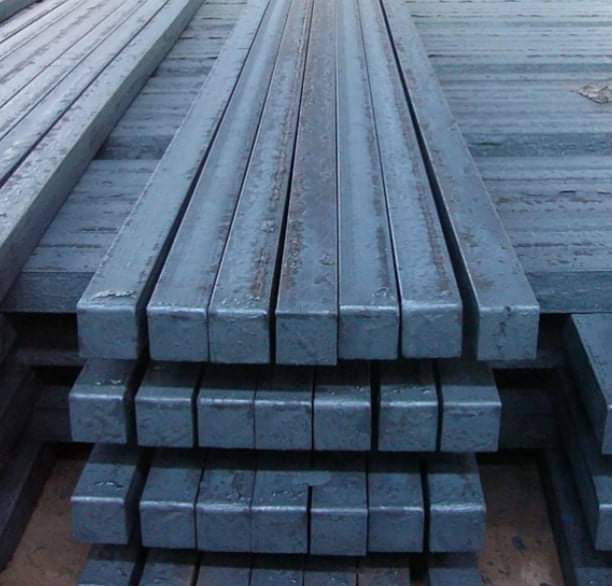

w300.jpg)
